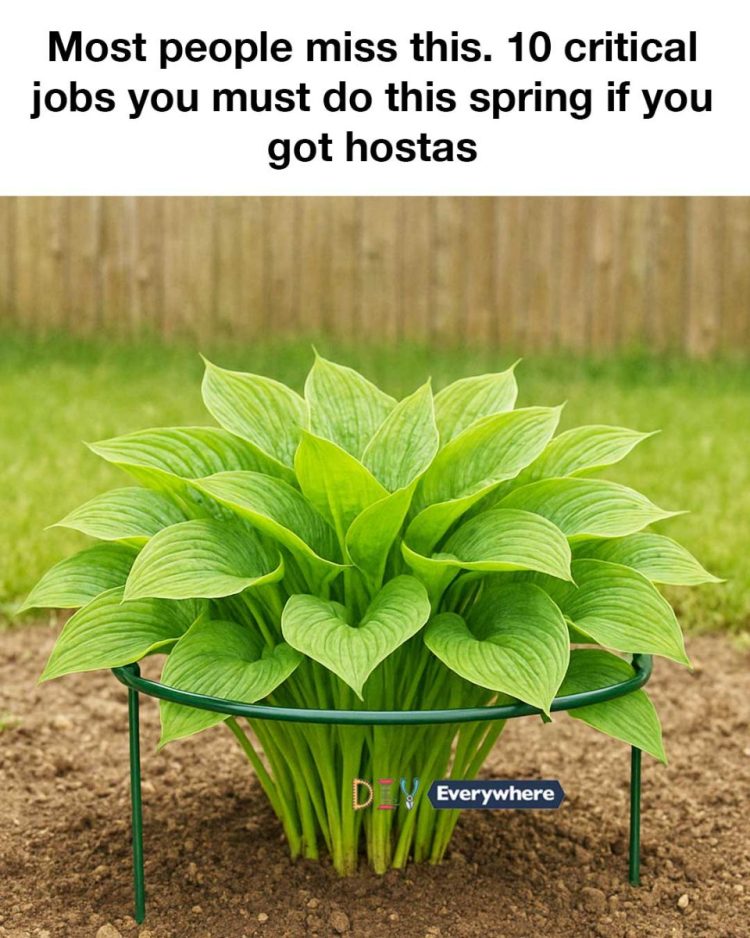ADVERTISEMENT
As the frost of winter fades and the vibrant promise of spring emerges, it’s time to turn your attention to the lush, leafy hostas in your garden. These hardy perennials are a favorite among gardeners for their ability to thrive in shady areas and their striking foliage. However, to ensure your hostas reach their full potential, there are several critical tasks to address as the growing season begins. Proper spring care not only enhances the beauty of your hostas but also fortifies them against pests and diseases, ensuring they flourish throughout the year.
1. Clearing Away Winter Debris
The first step in preparing your hostas for spring is to clear away any debris that has accumulated over the winter months. This includes fallen leaves, twigs, and any dead plant material that may have settled around the base of your plants. Removing this debris is crucial as it can harbor pests and diseases that could harm your hostas. Use a gentle hand or a soft rake to avoid damaging the emerging shoots.
2. Inspecting for Pest Damage
After clearing debris, inspect your hostas for any signs of pest damage. Look for holes in the leaves or chewed edges, which could indicate the presence of slugs, snails, or other pests. Early detection is key to managing infestations before they become severe. Consider using organic pest control methods, such as diatomaceous earth or copper tape, to protect your plants.
3. Dividing and Transplanting Hostas
Spring is the ideal time to divide and transplant hostas, especially if they have become overcrowded. Dividing hostas not only helps control their size but also promotes healthier growth. Carefully dig up the clump and use a sharp knife or spade to separate the roots into smaller sections. Replant the divisions in well-prepared soil, ensuring they are spaced adequately to allow for future growth.
4. Amending the Soil with Nutrients
Hostas thrive in nutrient-rich soil, so it’s important to amend your garden beds with organic matter in the spring. Incorporate compost or well-rotted manure into the soil around your hostas to improve its structure and fertility. This will provide the essential nutrients your plants need to support vigorous growth and vibrant foliage.
5. Mulching for Moisture Retention
Applying a layer of mulch around your hostas is an effective way to retain soil moisture and suppress weed growth. Choose an organic mulch, such as shredded bark or leaf mold, and spread it evenly around the base of your plants. Be careful not to cover the emerging shoots, as this can inhibit their growth.
6. Watering Techniques for Early Growth
see continuation on next page
For Complete Cooking STEPS Please Head On Over To Next Page Or Open button (>) and don’t forget to SHARE with your Facebook friends
ADVERTISEMENT
